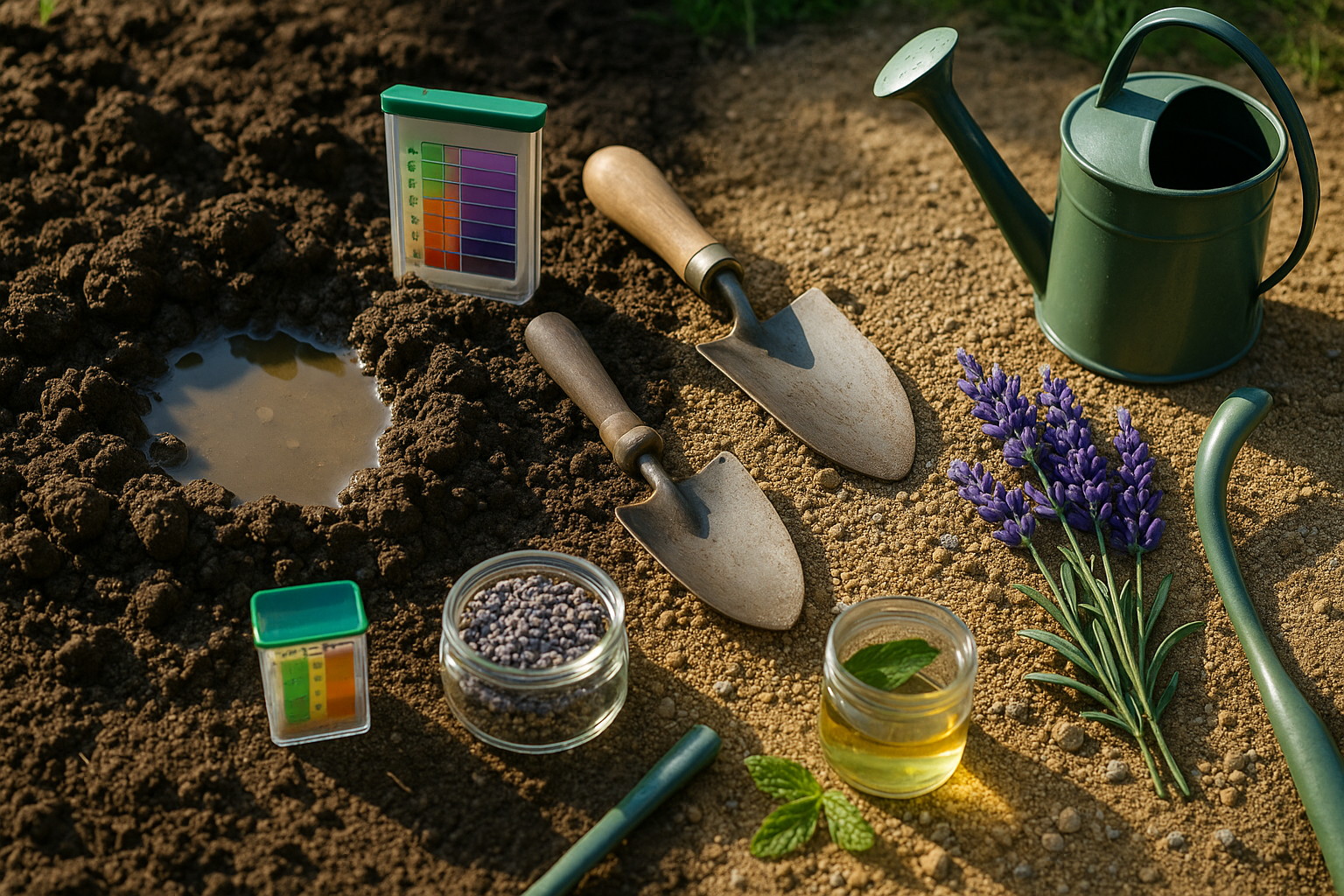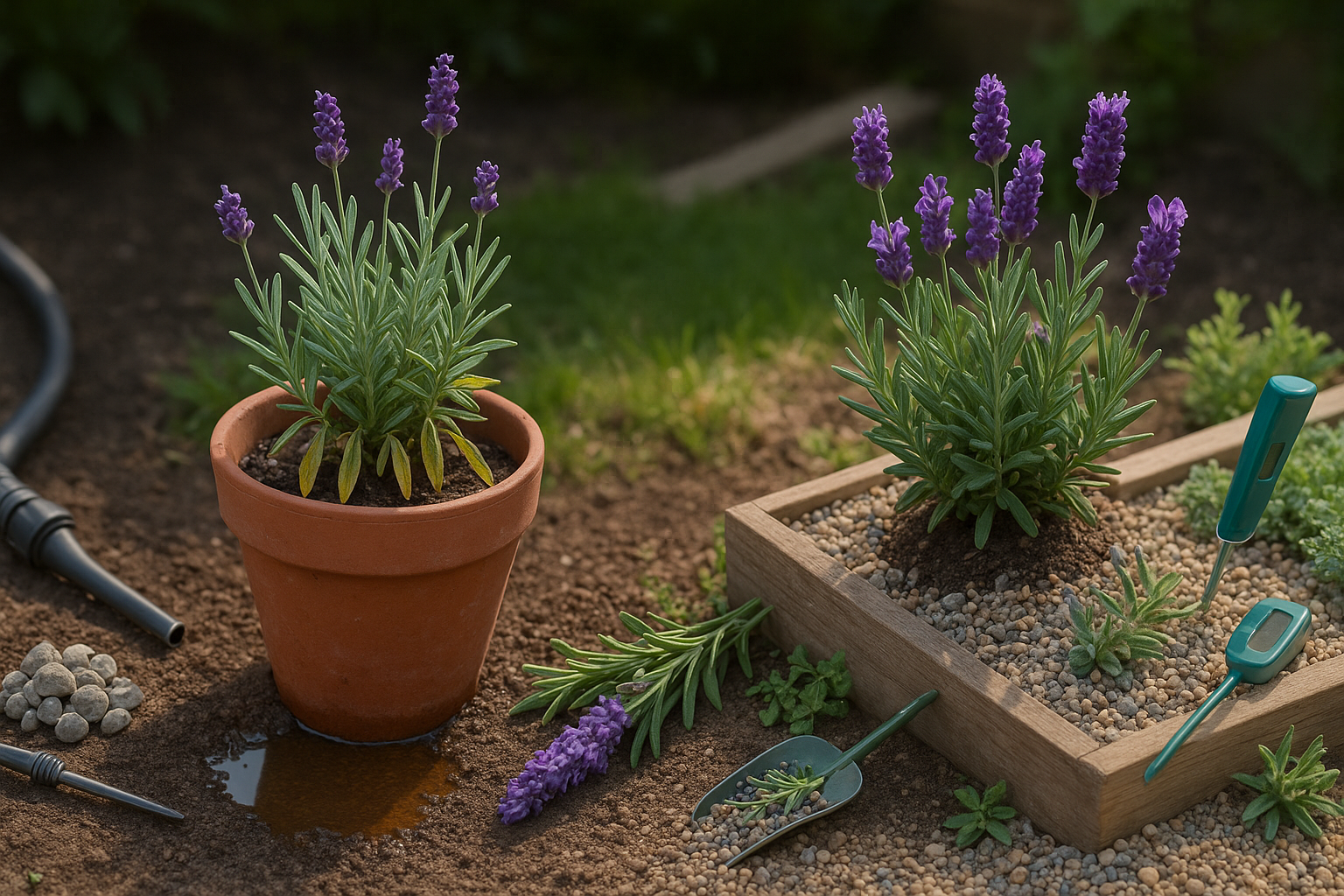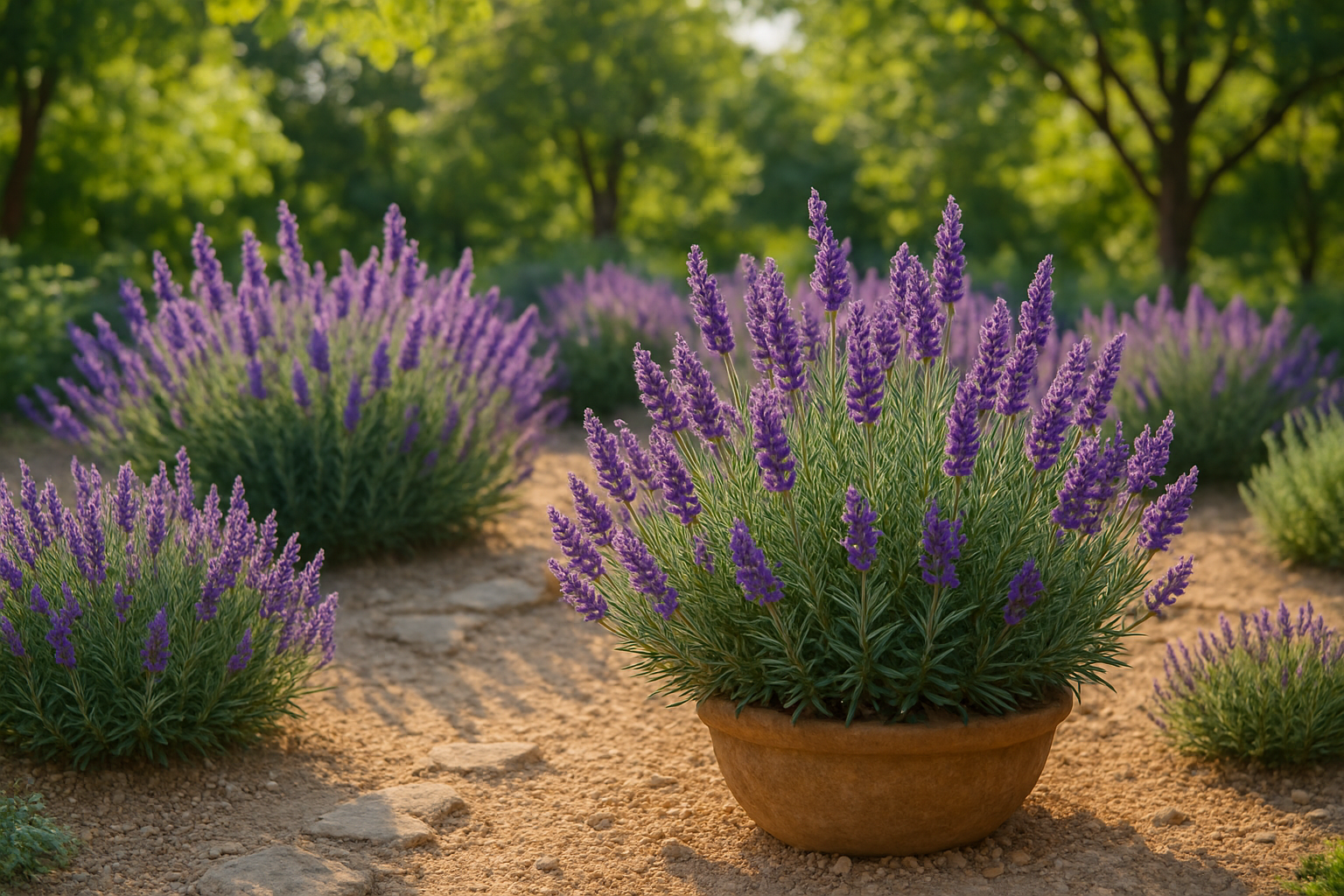Introduction to Lavender Growing
Lavender growing mistakes can turn your dreams of a fragrant, purple-filled garden into a struggle with droopy leaves and lackluster blooms. Lavender has become a home garden favorite thanks to its soothing scent, beautiful blossoms, and low-maintenance reputation. Many gardeners love its versatility—perfect for borders, containers, or even as a pollinator-friendly addition to any yard.
But while lavender might seem easygoing, making a few simple errors can lead to unhappy, underperforming plants. From planting it in the wrong type of soil to overwatering or choosing a shady spot, even experienced gardeners can unknowingly hold their lavender back. Understanding the specific needs of this Mediterranean favorite—like well-drained soil, full sun, and climate-appropriate varieties—is key to its success.
Avoiding these lavender growing mistakes can mean the difference between thriving, aromatic bushes and plants that just don’t make it through the season. Whether you’re planting your very first lavender or trying to turn around a struggling patch, it helps to recognize the most common pitfalls early on. With a little planning and attention, you can keep your lavender healthy year after year, turning your garden into a beautiful, fragrant retreat.
Planting in the Wrong Spot

One of the most common mistakes gardeners make is planting in the wrong spot, especially when it comes to sun exposure and soil quality. Many popular flowers, vegetables, and herbs need at least six hours of direct sunlight daily to thrive. If you plant sun-loving varieties in shaded corners or behind tall fences, you’ll likely see spindly stems, pale leaves, fewer blossoms, and disappointing yields.
Equally important is soil drainage. If your soil is heavy with clay or stays soggy after rain, roots can drown or rot, stalling your plant’s growth altogether. Before you start digging, take time to observe your yard throughout the day to identify the sunniest areas.
For soil, test drainage by digging a hole, filling it with water, and seeing how quickly it drains. Ideally, the water should disappear within a few hours. If your chosen spot has poor soil, don’t worry—mixing compost, aged manure, or even sand into the soil can boost drainage and fertility. Raised beds are another great option for tricky locations.
By selecting a bright, open spot and ensuring your soil drains well, you’ll set your plants up for strong, healthy growth and a much more rewarding garden.
Overwatering and Poor Drainage

Overwatering is one of the most common mistakes people make when caring for lavender, often causing more harm than underwatering. Lavender is a Mediterranean plant that thrives in dry, well-drained conditions, so too much moisture can quickly lead to disaster.
Early signs of water stress include yellowing or drooping leaves, as well as a lack of new growth. If overwatering continues, the roots can become waterlogged and develop rot, which may cause the whole plant to wilt and die.
The key to healthy lavender is to let the soil dry out between waterings. In general, established lavender only needs watering every two to three weeks, especially during hot, dry spells, and even less during cooler or rainy weather. New transplants may need slightly more frequent watering until their roots are established, but the soil should never be soggy.
Improving Drainage
To further protect your plant, improving drainage is critical—especially if you have heavy clay soil. Here are some effective strategies:
- Mix gravel or coarse sand into the planting area to help excess water drain away from the roots.
- Plant lavender in raised beds to ensure the soil stays loose and drains quickly.
- If space is tight or your garden soil doesn’t cooperate, consider growing lavender in containers with ample drainage holes and a specially formulated sandy potting mix.
Regularly check that pots aren’t sitting in water-filled saucers, and avoid mulching right up to the base of the plant, as this can trap moisture.
By focusing on these drainage strategies and tailoring your watering schedule to your local climate and the plant’s growth stage, you’ll keep your lavender happy, healthy, and blooming beautifully.
Fertilizing Too Much or Incorrectly
Many gardeners assume that more fertilizer means healthier, happier plants, but with lavender, the opposite is true. Lavender naturally thrives in poor, rocky soils and actually suffers when given too many nutrients. Over-fertilizing can lead to rapid, weak growth, causing the plant to become leggy and floppy instead of maintaining its signature compact, bushy form.
Even worse, an abundance of nutrients—especially nitrogen—promotes lush leaves at the expense of fragrant blossoms, drastically reducing the number of blooms you’ll enjoy. If you notice your lavender looking stretched out, with lots of green growth but few flowers, excessive feeding may be the culprit.
To avoid this common mistake, resist the urge to add compost or standard garden fertilizers around your lavender. If your soil is heavy or extremely depleted, consider amending it before planting with a bit of coarse sand or small gravel to improve drainage, but skip the manure or rich organic matter. Once established, your lavender rarely needs fertilizing.
At most, a light, low-nitrogen fertilizer—such as one labeled for cacti or Mediterranean plants—can be applied sparingly in early spring if growth seems particularly weak. Otherwise, simply let your lavender be. A lean soil will keep your plants healthier, more aromatic, and full of beautiful, fragrant blooms.
Pruning Problems
Pruning plays a crucial role in keeping your lavender plants healthy, shapely, and long-lived. By regularly trimming back stems, you encourage bushier growth and prevent the plant from becoming woody and sparse. However, a lot can go wrong if you prune too little or too much.
Neglecting pruning for several seasons leaves lavender leggy with a thick, old base that won’t regrow if you cut too hard later on. On the other hand, cutting too deeply into old wood—especially on English or French lavender—often kills those branches since mature stems rarely produce new growth.
To avoid these pitfalls, start pruning young plants lightly in their first year to shape them. For most varieties, like ‘Hidcote’ and ‘Munstead,’ prune once right after the first flowering in summer, trimming back by about a third—but always leave some green foliage on each stem. Spanish lavenders can handle a lighter trim earlier in spring.
Never wait until fall or winter, as new growth will be damaged by cold. Remember, sharp, clean shears prevent tears or disease. If you’re unsure, always prune less; it’s easier to cut more later than to fix overzealous cuts.
With just a little mindful maintenance each year, your lavender will reward you with years of fragrant blooms and tidy mounds that look great season after season.
Failing to Propagate and Replace Older Plants
Lavender is a hardy perennial, but even the healthiest plants have a natural lifespan of about 5 to 10 years before showing signs of decline. As they age, lavender plants often become woody, produce fewer flowers, and lose their vibrant look, which can detract from your garden’s appearance.
Propagating and regularly replacing old lavender keeps your landscape full and thriving while also saving you money. One of the easiest ways to propagate new lavender plants is by taking softwood cuttings in spring or early summer. Simply snip a 3-4 inch shoot, strip the lower leaves, dip the end in rooting hormone, and plant it in moist, well-drained soil.
Alternatively, try layering by bending a low-growing stem to the ground, covering a segment with soil, and waiting for roots to develop before cutting it free.
Watch for common signs that your lavender needs replacing:
- Stems becoming overly woody
- Sparse growth
- Few blooms
- The center of the plant dying back
Don’t wait until the plant is completely spent—propagate and renew regularly to enjoy lush, fragrant lavender year after year.
Additional Tips and Common Questions
Indoor gardening often raises a lot of questions, especially for beginners eager to avoid common pitfalls. One frequent concern is pest control—if you spot tiny bugs on your plants, try wiping the leaves with a mix of water and mild dish soap. Always keep new plants quarantined for a week before introducing them to your main grow area. Air circulation also helps deter pests and diseases, so consider adding a small fan to your setup.
When it comes to companion planting, mixing herbs like basil or mint with vegetables can naturally repel pests and boost growth. However, remember that each plant has unique needs—check that their light and water preferences match.
If your plants look droopy or their leaves turn yellow, don’t panic. Adjust your watering, check for root crowding, and make sure your grow lights aren’t too close or too far from the plants.
Most importantly, keep an observation journal. Note what works and what doesn’t, and don’t be afraid to experiment—every growing space is different, and a little trial and error is the fastest way to learn what your plants love. Trust your instincts, stay curious, and celebrate small successes along the way.
